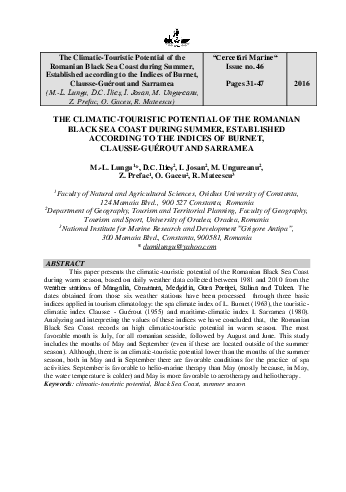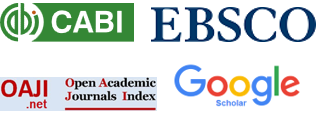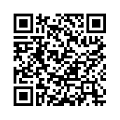The Climatic-Touristic Potential of the Romanian Black Sea Coast during Summer, Established according to the Indices of Burnet, Clausse-Guérout and Sarramea
DOI:
https://doi.org/10.55268/CM.2016.46.31Keywords:
climatic-touristic potential, Black Sea Coast, summer seasonAbstract
This paper presents the climatic-touristic potential of the Romanian Black Sea Coast during warm season, based on daily weather data collected between 1981 and 2010 from the weather stations of Mangalia, Constanta, Medgidia, Gura Portiţei, Sulina and Tulcea. The dates obtained from those six weather stations have been processed through three basic indices applied in tourism climatology: the spa climate index of L. Burnet (1963), the touristicclimatic index Clausse - Guérout (1955) and maritime-climatic index I. Sarramea (1980). Analyzing and interpreting the values of these indices we have concluded that, the Romanian Black Sea Coast records an high climatic-touristic potential in warm season. The most favorable month is July, for all romanian seaside, followed by August and June. This study includes the months of May and September (even if these are located outside of the summer season). Although, there is an climatic-touristic potential lower than the months of the summer season, both in May and in September there are favorable conditions for the practice of spa activities. September is favorable to helio-marine therapy than May (mostly because, in May, the water temperature is colder) and May is more favorable to aerotherapy and heliotherapy.
Downloads
Published
2016-10-20
How to Cite
Lungu, M.-L., Ilieș, D., Josan, I., Ungureanu, M., Prefac, Z., Gaceu, O., & Mateescu, R. (2016). The Climatic-Touristic Potential of the
Romanian Black Sea Coast during Summer,
Established according to the Indices of Burnet,
Clausse-Guérout and Sarramea. Cercetări Marine - Recherches Marines, 46(1), 31–47. https://doi.org/10.55268/CM.2016.46.31
Issue
Section
ORIGINAL ARTICLES
License
This is an open access journal, which means that all content is freely available without charge to the user or his/her institution. Users are allowed to read, download, copy, distribute, print, search, or link to the full texts of the articles, or use them for any other lawful purpose, without asking prior permission from the publisher or the author. This is in accordance with the BOAI definition of open access.






